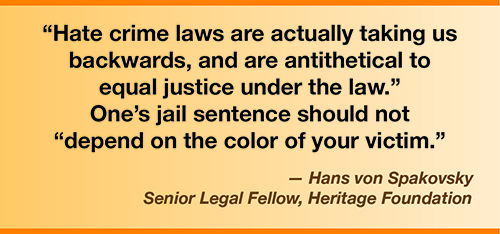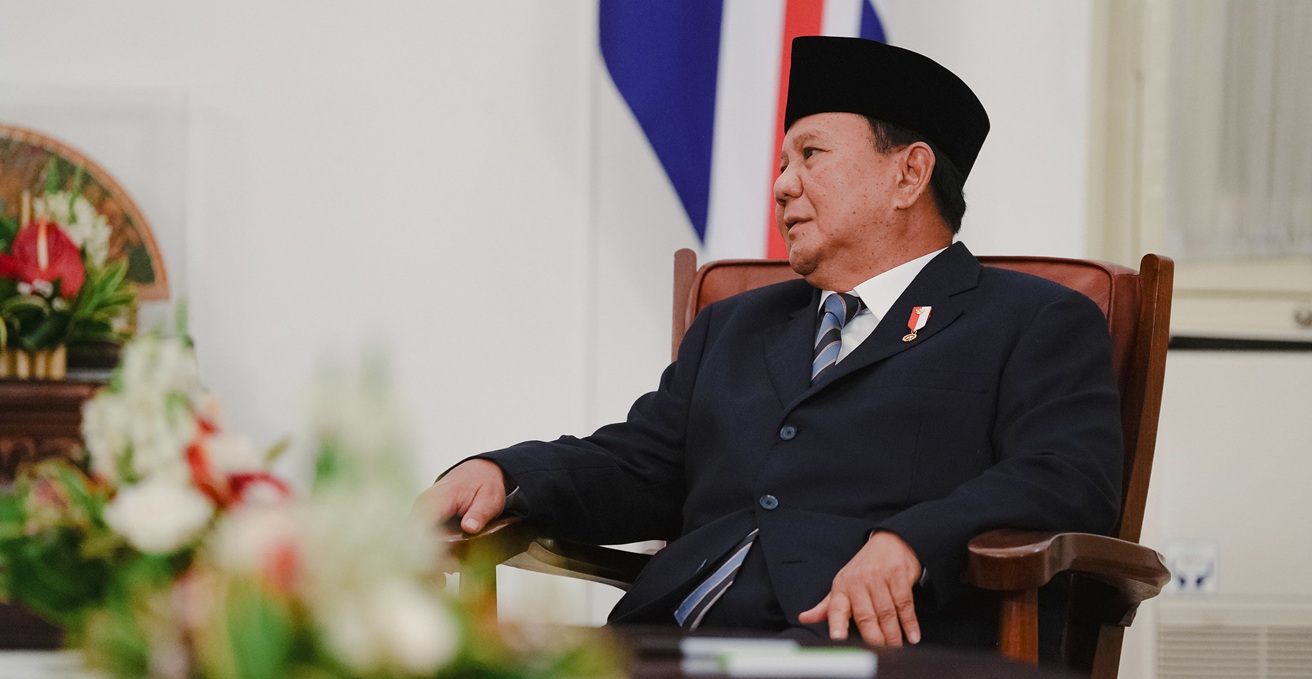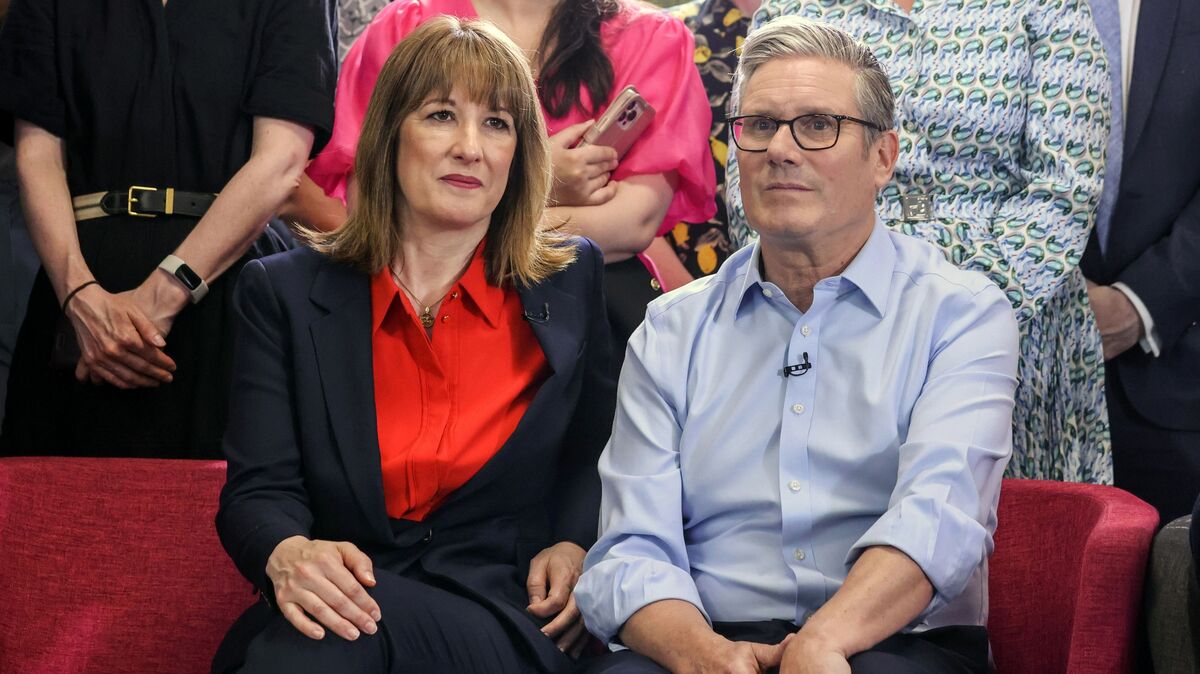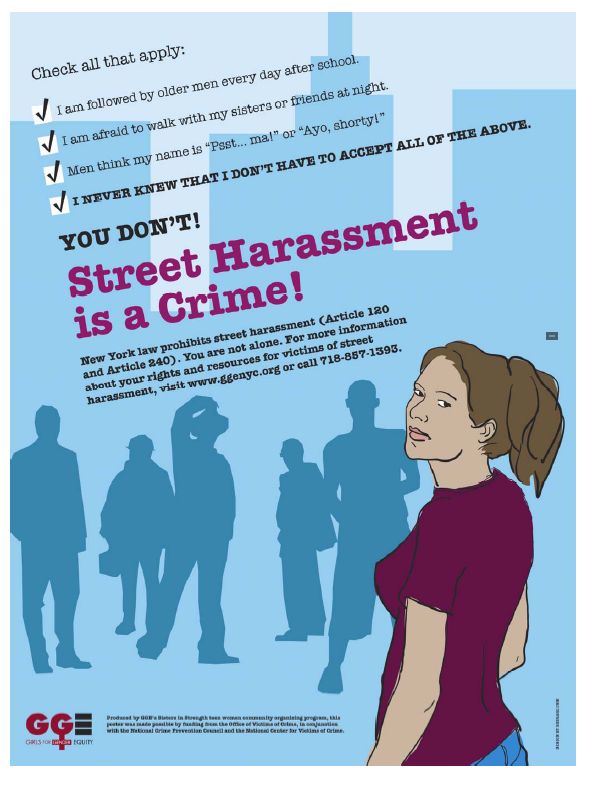
Sustainable Development Goals (SDGs)
Goal 1: No Poverty
Of the refugees who arrived in 2015, 64% of them are employed. However, there are many more women who are without work.
Introduction
Most refugees who arrived in Germany thanks to Angela Merkel’s “open door” policy have now found work, according to a recent study by the Institute for Employment Research (IAB).
Employment Rate
For the cohort who arrived in 2015, the employment rate in 2022 was 64%, compared with 77% for the wider German population.
- 90% of employees in this group were subject to social security contributions.
- The median gross hourly wage for 2015 arrivals was €13.70, above the low-wage threshold of €12.50.
“Due to institutional and individual hurdles, particularly at the beginning of the refugees’ stay, employment rates are still low at less than 10% in the first year after arrival,” noted the IAB, referring to the refugee population as a whole.
“However, employment rates rise significantly as the length of stay increases: On average, they reach 57% six years after immigration, 63% seven years after immigration and 68% for stays of eight years or more.”
Transferring skills across borders
IAB’s report still identifies several barriers that refugees face when looking for work in Germany, such as restrictions to freedom of movement and employment bans.
- During the asylum application process in Germany, those waiting for their refugee status to be approved are generally not allowed to work and the process can take several months.
- Many refugees don’t meet certain language requirements, hindering their job prospects.
- Recognition and transfer of relevant skills and qualifications is a challenge, as most countries do not have comparable vocational training programs and certain professions require a German degree.
Job precarity amongst refugees was exacerbated by the Covid-19 crisis, as migrants are over-represented in the hard-hit services sector.
Female participation in the labour market
IAB notes that, while the employment rate amongst male refugees is encouraging after several years of living in Germany, this is not the case for women.
- Out of the refugees who arrived in 2015, only 31% of women were employed in 2022, compared to 75% of men.
According to Dr. Thomas Achilles, Economic Integration Manager for the International Rescue Committee in Germany, this is because women often remain the primary family caregivers.
“Most women are not able to find spaces for children in daycare and therefore miss opportunities to learn the language and fall even further behind in terms of employment,” he said.
“Women are extremely dependent on husbands or partners, sometimes even on older children to provide them with information. It leads to a complete lack of social interaction with the host community.”
Empowerment through work
Whether Germany’s “Open Door” policy has had a net-positive effect on the nation’s economic growth is a question still being debated.
As European populations age, the need for young workers is becoming increasingly pressing. Foreign workers could help to plug these skill gaps.
As far as the benefits for refugees themselves are concerned, the right to employment is not only a human right but it also facilitates integration and boosts wellbeing.
“Securing a job empowers refugees to become self-reliant rather than dependent on aid. It helps them regain a sense of dignity and independence, enhancing their overall well-being,” explained Franziska Hirschelmann.
Conclusion
Germany is currently the largest refugee-hosting country in the EU, according to the UNHCR, and it ranks third on a global scale.
In 2015, individuals were mostly arriving from countries such as Afghanistan and particularly Syria, pushed out of their homes by violent conflict.
In 2022, more than 244,000 people applied for asylum in Germany, mainly from Syria, Afghanistan, Turkey, and Iraq.
Germany also took in a number of refugees from Ukraine, although these individuals did not need to apply for asylum because they immediately received temporary residency status.
SDGs, Targets, and Indicators
| SDGs | Targets | Indicators |
|---|---|---|
| SDG 8: Decent Work and Economic Growth | Target 8.5: By 2030, achieve full and productive employment and decent work for all women and men, including for young people and persons with disabilities, and equal pay for work of equal value. | Indicator: Employment rate of refugees |
| SDG 5: Gender Equality | Target 5.1: End all forms of discrimination against all women and girls everywhere. | Indicator: Employment rate of women refugees |
| SDG 10: Reduced Inequalities | Target 10.2: By 2030, empower and promote the social, economic, and political inclusion of all, irrespective of age, sex, disability, race, ethnicity, origin, religion or economic or other status. | Indicator: Employment rate of refugees compared to the wider population |
1. Which SDGs are addressed or connected to the issues highlighted in the article?
SDG 8: Decent Work and Economic Growth
The article discusses the employment rates of refugees in Germany and highlights the progress made in terms of finding work. This is directly connected to SDG 8, which aims to achieve full and productive employment and decent work for all.
SDG 5: Gender Equality
The article also highlights the gender disparities in employment rates among refugees, with a lower percentage of women being employed compared to men. This is connected to SDG 5, which aims to end all forms of discrimination against women and girls.
SDG 10: Reduced Inequalities
The article mentions the employment rates of refugees compared to the wider German population, indicating inequalities in access to employment opportunities. This is connected to SDG 10, which aims to reduce inequalities and promote the inclusion of all individuals.
2. What specific targets under those SDGs can be identified based on the article’s content?
Target 8.5: By 2030, achieve full and productive employment and decent work for all women and men, including for young people and persons with disabilities, and equal pay for work of equal value.
The article discusses the employment rates of refugees in Germany, indicating progress towards achieving full and productive employment for all individuals, including refugees.
Target 5.1: End all forms of discrimination against all women and girls everywhere.
The article highlights the gender disparities in employment rates among refugees, indicating the need to address discrimination and promote gender equality.
Target 10.2: By 2030, empower and promote the social, economic, and political inclusion of all, irrespective of age, sex, disability, race, ethnicity, origin, religion or economic or other status.
The article mentions the employment rates of refugees compared to the wider German population, indicating the need to promote social and economic inclusion for all individuals, regardless of their refugee status.
3. Are there any indicators mentioned or implied in the article that can be used to measure progress towards the identified targets?
The article mentions the employment rate of refugees, which can be used as an indicator to measure progress towards achieving full and productive employment for all individuals, including refugees (Target 8.5). Additionally, the employment rate of women refugees compared to men can be used as an indicator to measure progress towards ending discrimination against women and promoting gender equality (Target 5.1). The employment rate of refugees compared to the wider population can also be used as an indicator to measure progress towards promoting social and economic inclusion (Target 10.2).
Overall, the article provides information and insights that are relevant to the identified SDGs, targets, and indicators. It highlights the progress made in terms of refugee employment rates in Germany, while also acknowledging the challenges and disparities that still exist.
Copyright: Dive into this article, curated with care by SDG Investors Inc. Our advanced AI technology searches through vast amounts of data to spotlight how we are all moving forward with the Sustainable Development Goals. While we own the rights to this content, we invite you to share it to help spread knowledge and spark action on the SDGs.
Fuente: euronews.com

Join us, as fellow seekers of change, on a transformative journey at https://sdgtalks.ai/welcome, where you can become a member and actively contribute to shaping a brighter future.






